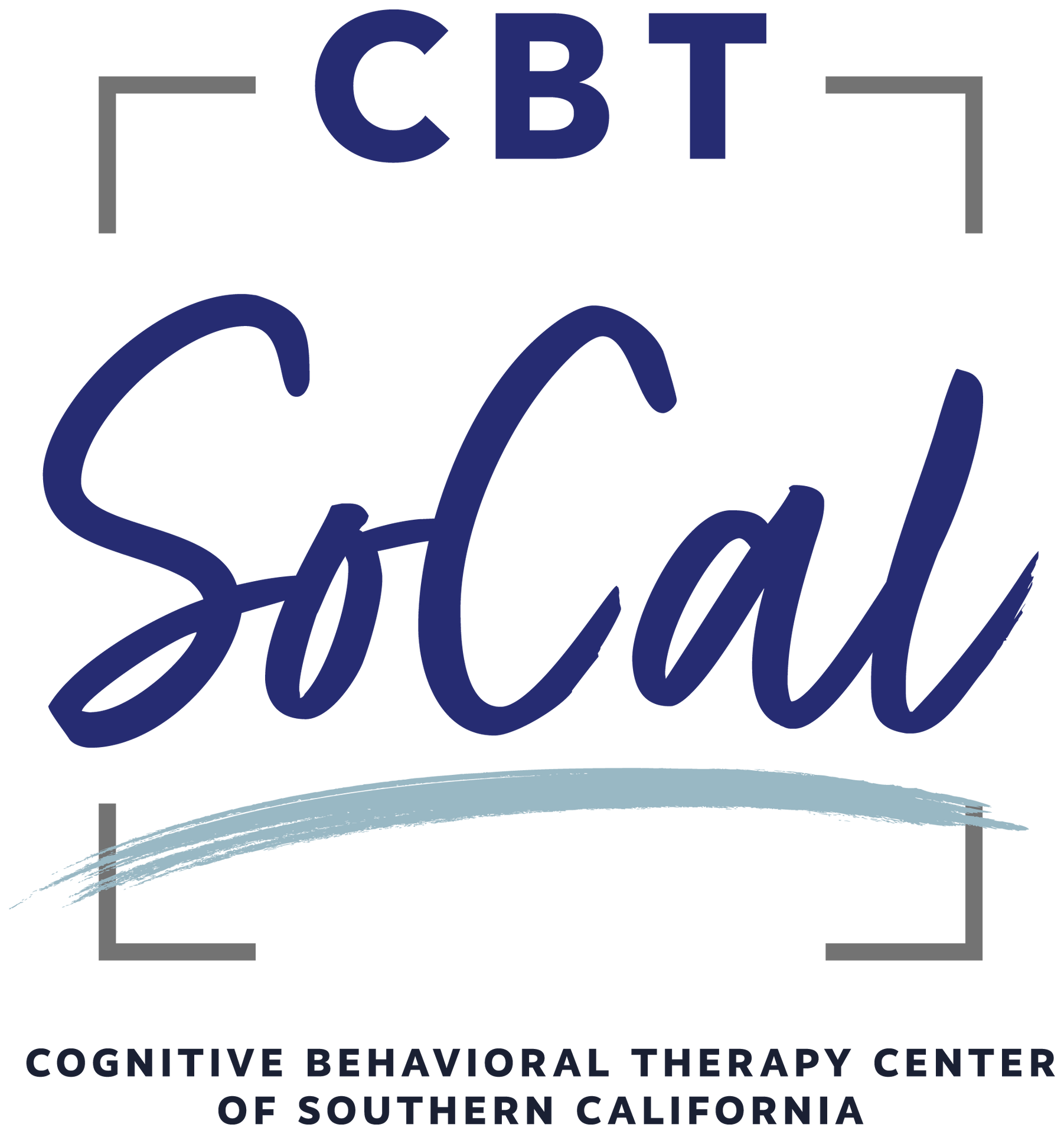How to think assertively


Often times we look back on a situation and wish we would have behaved more assertively. Perhaps we were passively putting others before ourselves. On the other hand, we may have acted aggressively acted by only considering ourselves. In previous articles, we discussed the challenges that prevent us from practicing assertiveness such as common myths about assertiveness. We do not need to always practice assertiveness. However, having the option of choosing when and where we behave or communicate assertively gives us more control over our lives, which is often helpful in reducing depression and anxiety.
So, what is the first step?
In the last article, we discussed what the Center for Clinical Interventions (CIC) refers to as our Assertive Rights. For example, one such right was “the right to judge your own behaviour, thoughts, and emotions, and to take the responsibility for their initiation and consequences upon yourself.” In other words, we have the right to live by our own values and to face the consequences of our actions. Although this sounds simple enough, it can be easy to fall into passive or aggressive thinking patterns. Fortunately, the CIC has developed a set of questions that we can ask ourselves to challenge our unassertive thoughts.
Let’s get started!
Let’s imagine the scenario that our friend does not want go for a hike with us. In order to begin disputing our unassertive thoughts we must first identify the situation.
Situation: Friend doesn’t want to go hiking with me.
Next, the CIC wants us to identify our emotions and rate their intensity on a scale of 0 to 100.
Emotions: Sad (70), Angry (80).
Next, the CIC wants us to notice our bodies’ physical responses.
Physical response: Tense, tight jaw, tightness in chest. Felt nausea.
Then, the CIC wants us to ask ourselves what we did in response to the situation.
Response to situation: Cried. Ignored her future texts and phone calls.
Then, we should ask ourselves if our behavior was passive, aggressive, or assertive.
Passive, aggressive, or assertive?: Passive-aggressive.
Next, we should ask ourselves what thoughts were running through our minds.
Thoughts: I have spent time with her doing things I didn’t want to do. She is selfish for saying “no.” She doesn’t like me anymore.
Next, the CIC suggests that we identify the strongest thought.
Strongest thought: She is selfish for saying “no.”
Next, the CIC suggests that we rate how much we believe the strongest thought on a scale of 0 to 100.
Belief in thought: 80
Then, the CIC suggests that we identify if our thoughts were passive, aggressive, or assertive.
Passive, aggressive, or assertive?: Passive because I think I should do things I don’t want to do. Aggressive because I think she should do things she doesn’t want to do.
Now that we understand our thoughts and behaviors, we can begin disputing them. In this exercise, Let’s dispute the strongest thought, which is “she is selfish because she said ‘no.'” Let’s examine the evidence.
Evidence that the thought is true: None.
Evidence that the thought is not true: Over the course of our friendship she has done many nice things with me and for me.
Next, the CIC suggests that we ask ourselves if we are ignoring anyone’s assertive rights.
Ignoring rights?: I am ignoring my own rights by doing things that I don’t want to do. I am ignoring her rights by believing that she should do something that she doesn’t want to do. I am ignoring both of our right to say “no.”
Next, the CIC suggests that we ask ourselves if there are any other possible interpretations or explanations of the situation.
Alternative interpretations of the situation: Maybe my friend is tired. Maybe she is not in the mood for a physical activity. Maybe she already has plans. I have said “no” to her in the past and that did not mean I didn’t like her.
Next, the CIC suggests that we think of new assertive thoughts and behaviors to replace our old unassertive thoughts and behaviors.
Assertive thought: She has a right to say “no” and that does not make her selfish or mean she does not like me.
Assertive behavior: I will suggest catching up another time doing something that we both enjoy.
Finally, the CIC suggests that we rerate our emotions and our strongest thought about the situation in order to track progress.
Rerate emotions: Sad (20), Angry (10).
Rerate strongest thought: She is selfish for saying “no.” (10)
You did it!
Although this can be time consuming, understanding and disputing our unassertive thoughts and behaviors on a regular basis can help us to make assertiveness second nature.
If you are interested in learning how CBT, conducted via online therapy (telehealth), can help you to practice assertiveness, schedule a free phone consultation.

Dr. Jason von Stietz specializes in Cognitive Behavior Therapy and Sport/Performance Psychology in Torrance, CA. He provides online therapy (telehealth) by way of the Torrance office and is available for a free initial phone consultation. Dr. von Stietz works with individuals from Long Beach, the greater Los Angeles area, and the South Bay including Palos Verdes, Redondo Beach, Hermosa Beach, Manhattan Beach, El Segundo and all over California.
